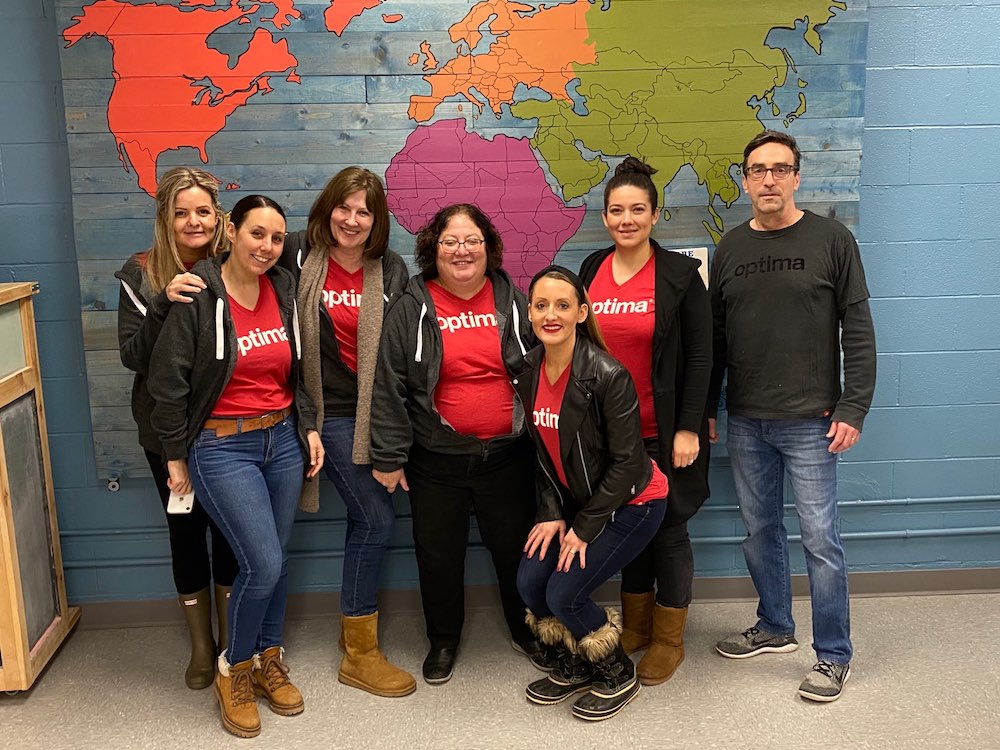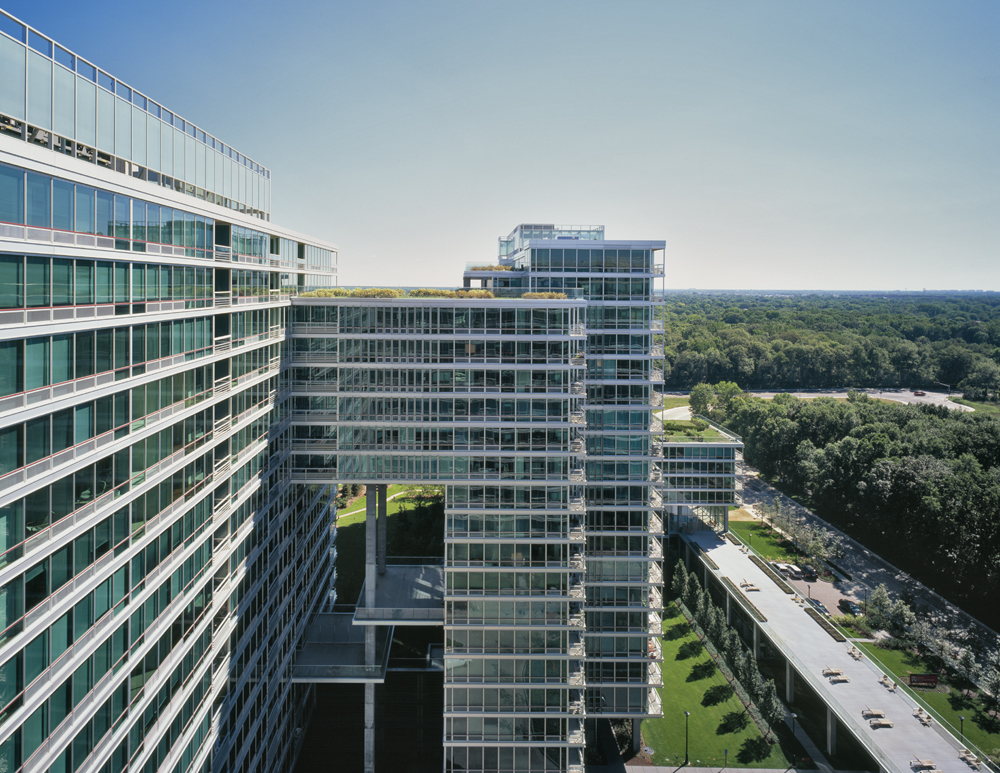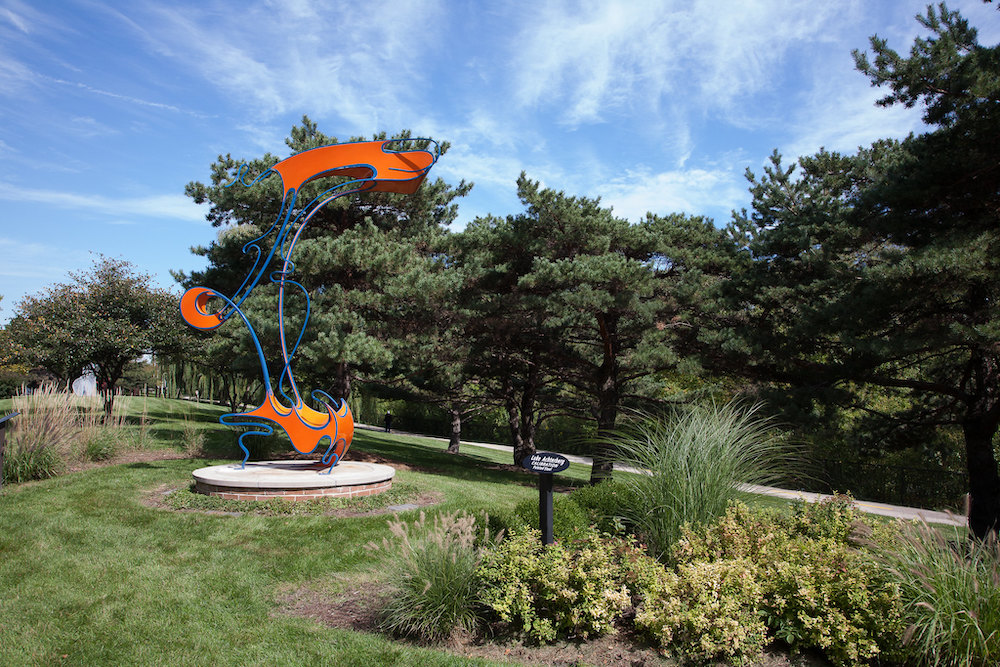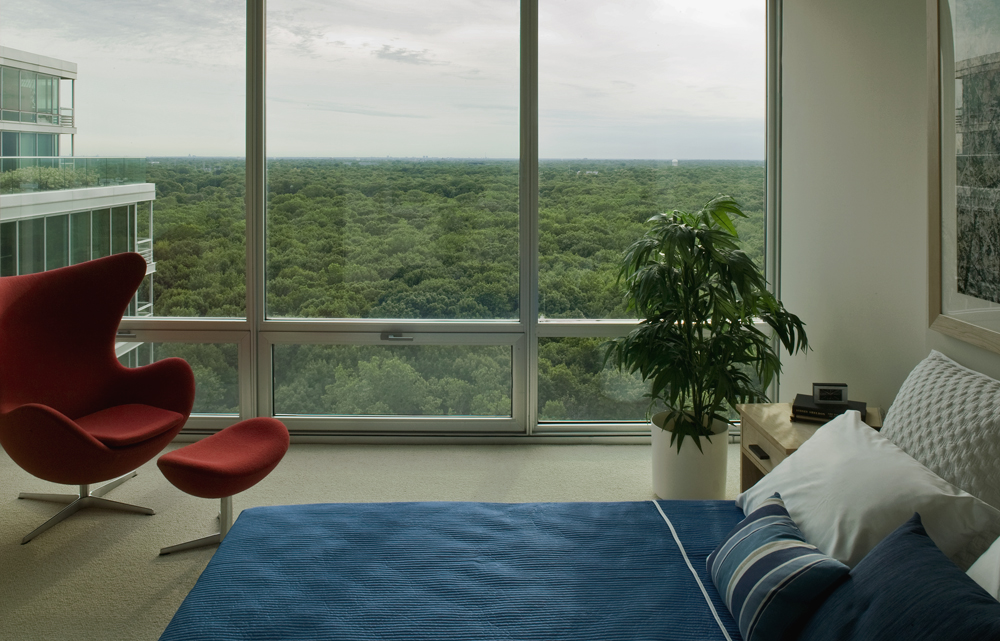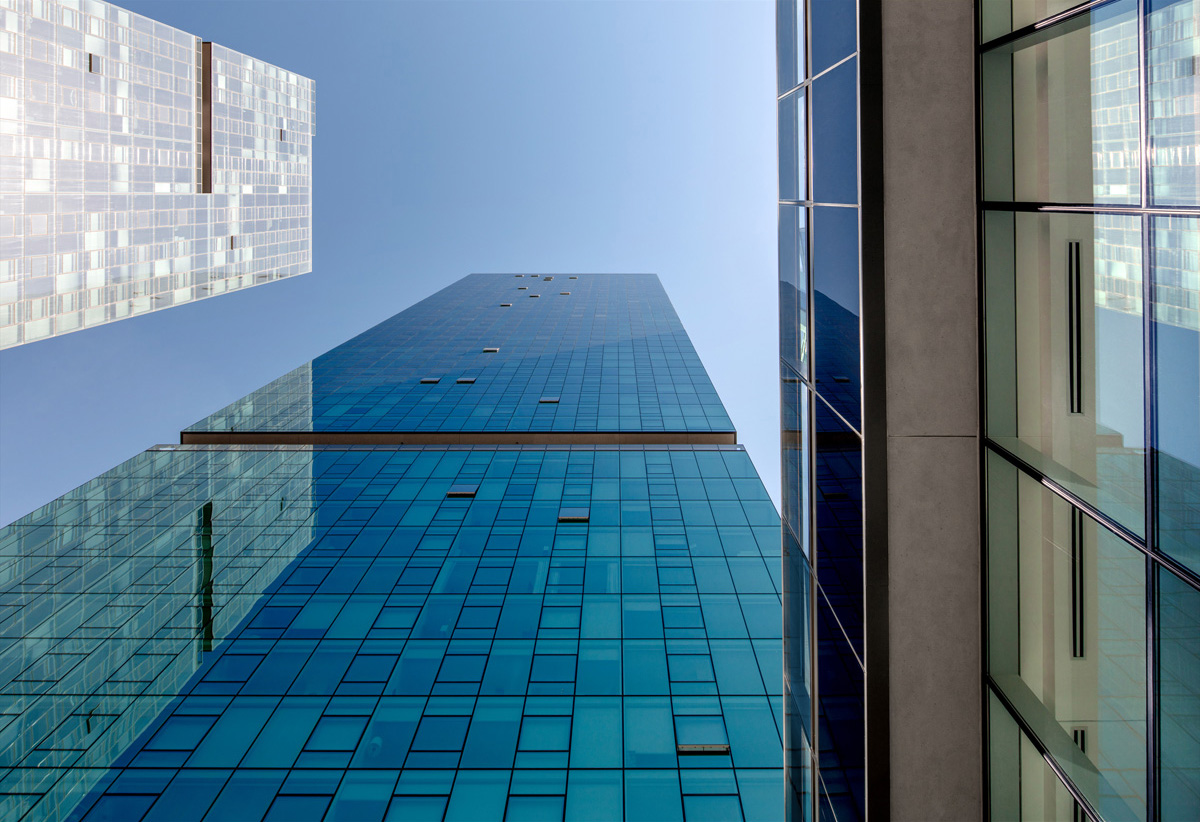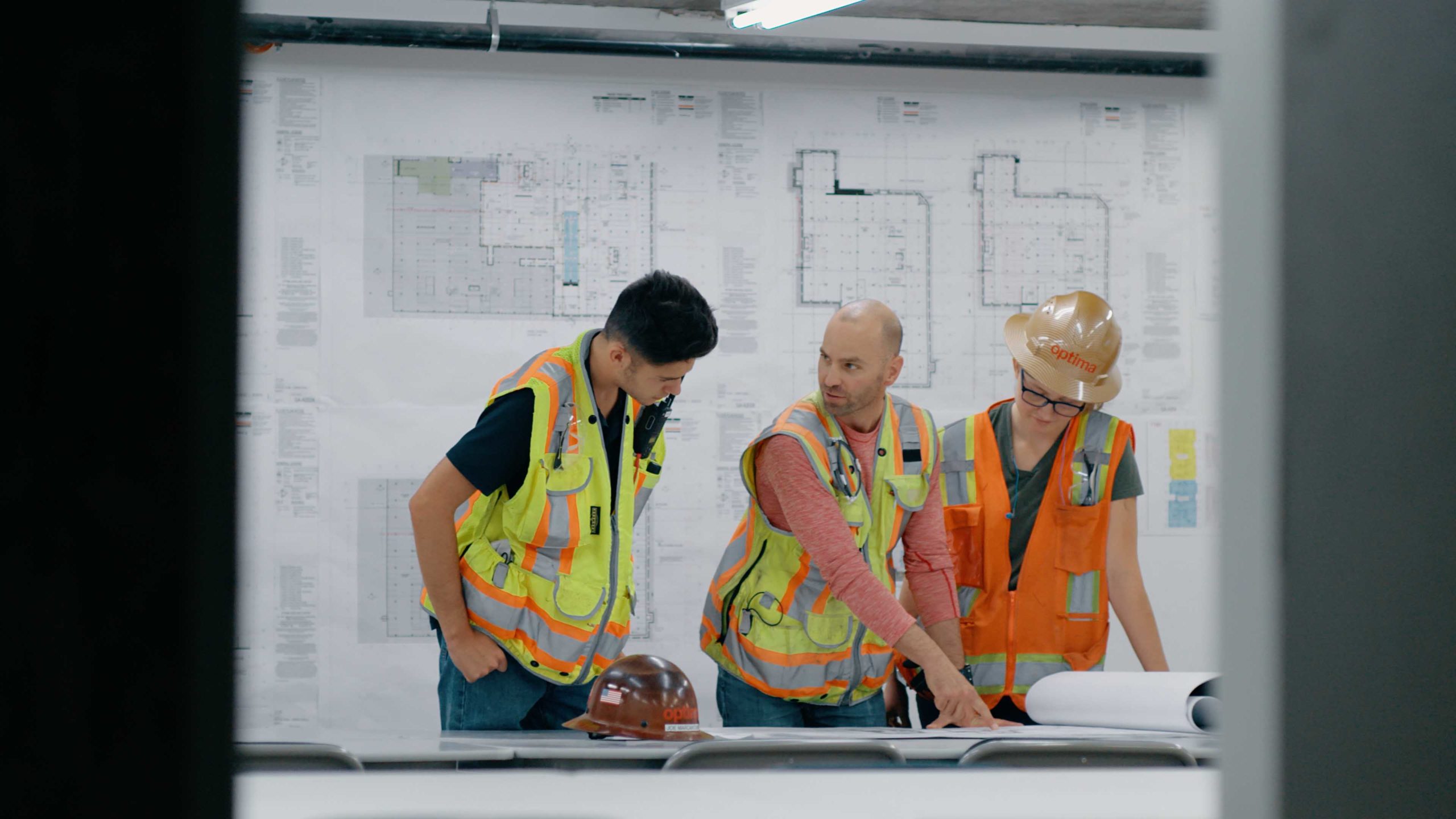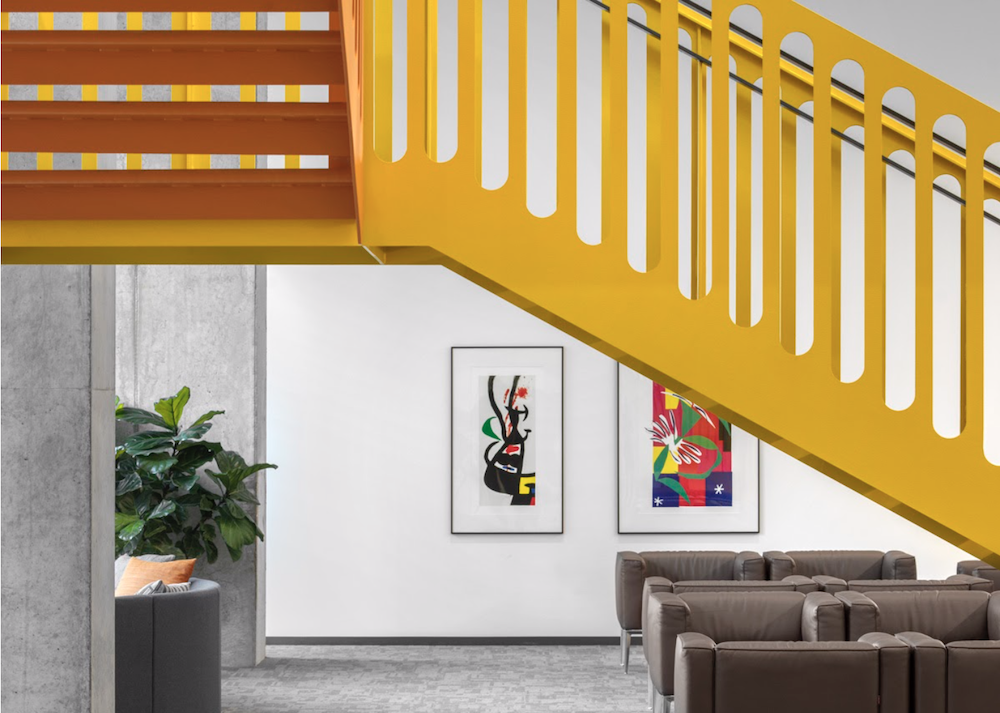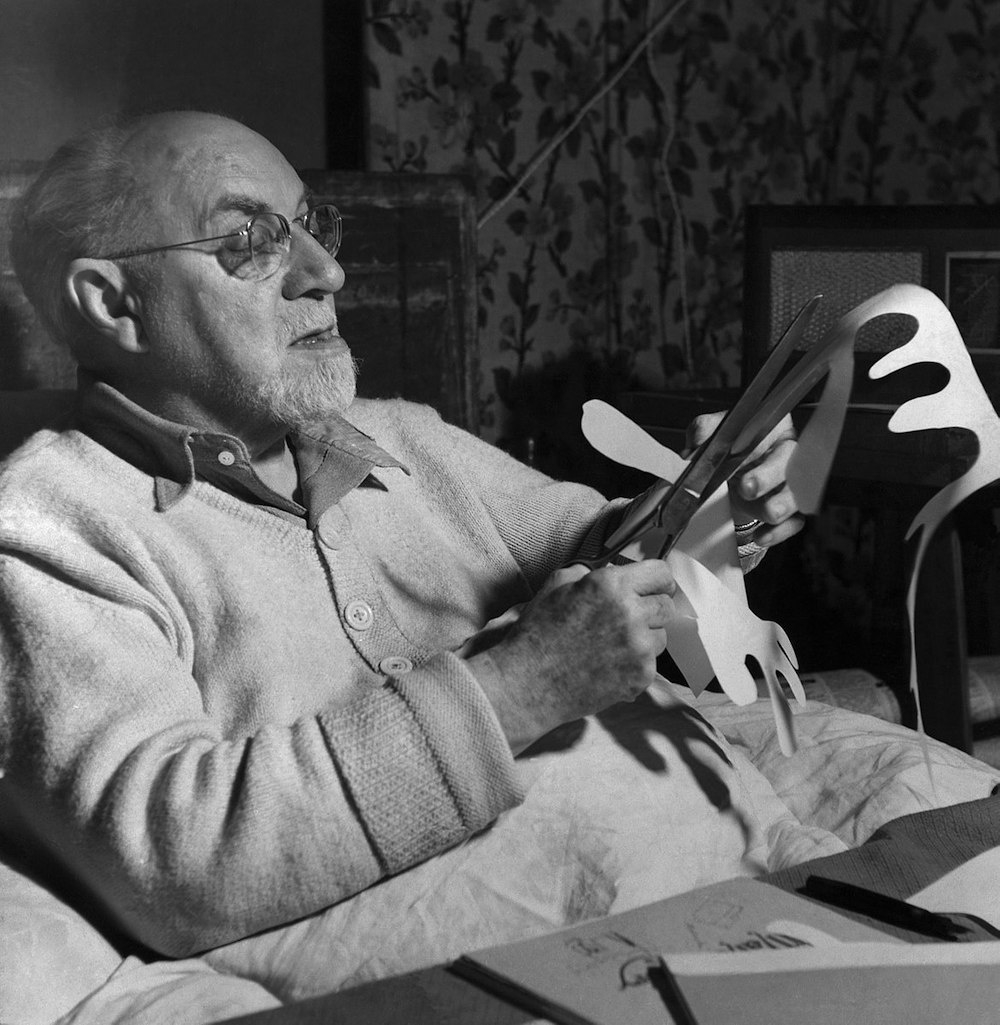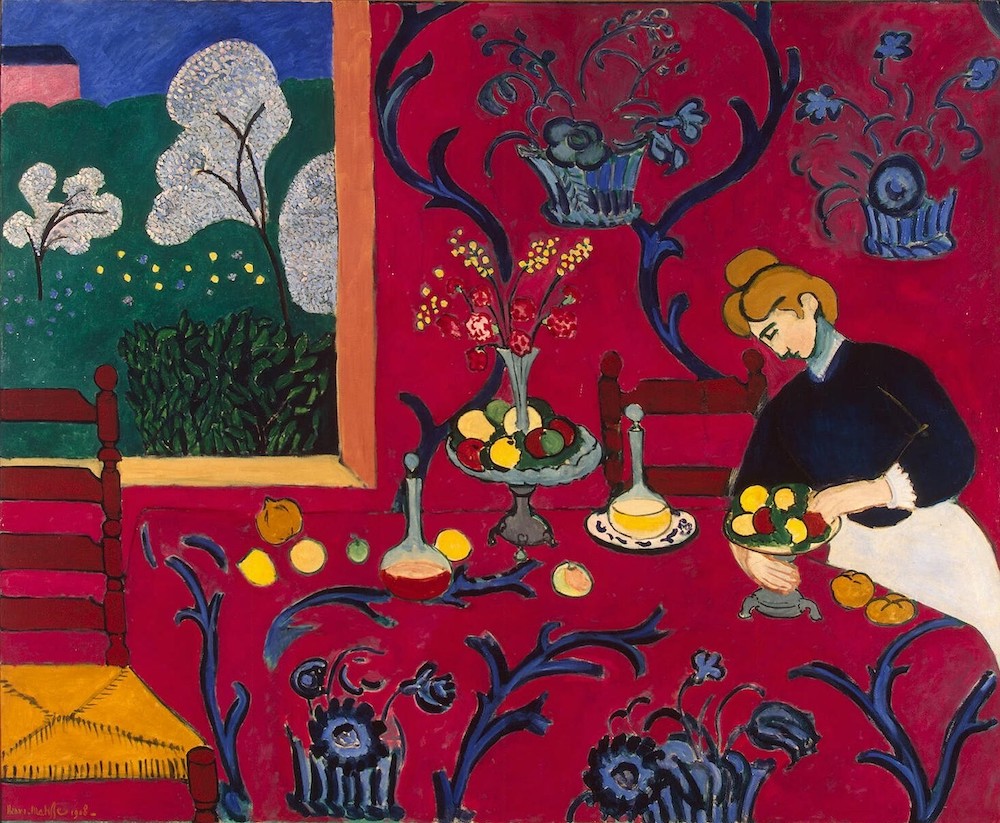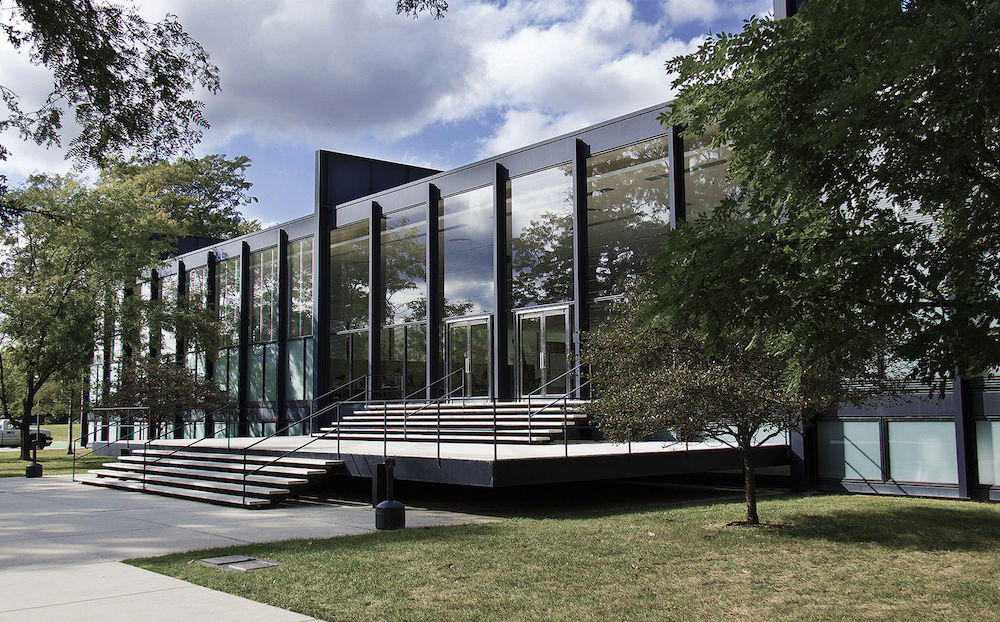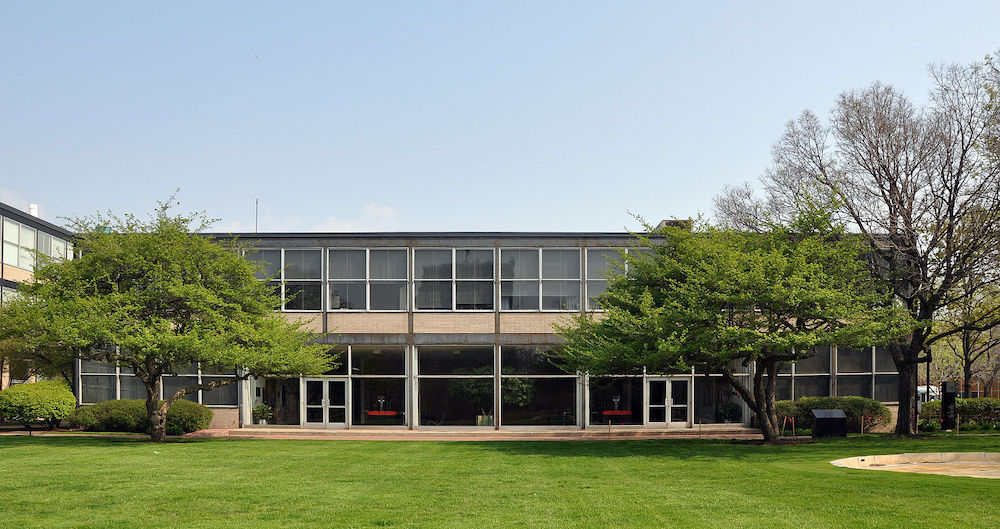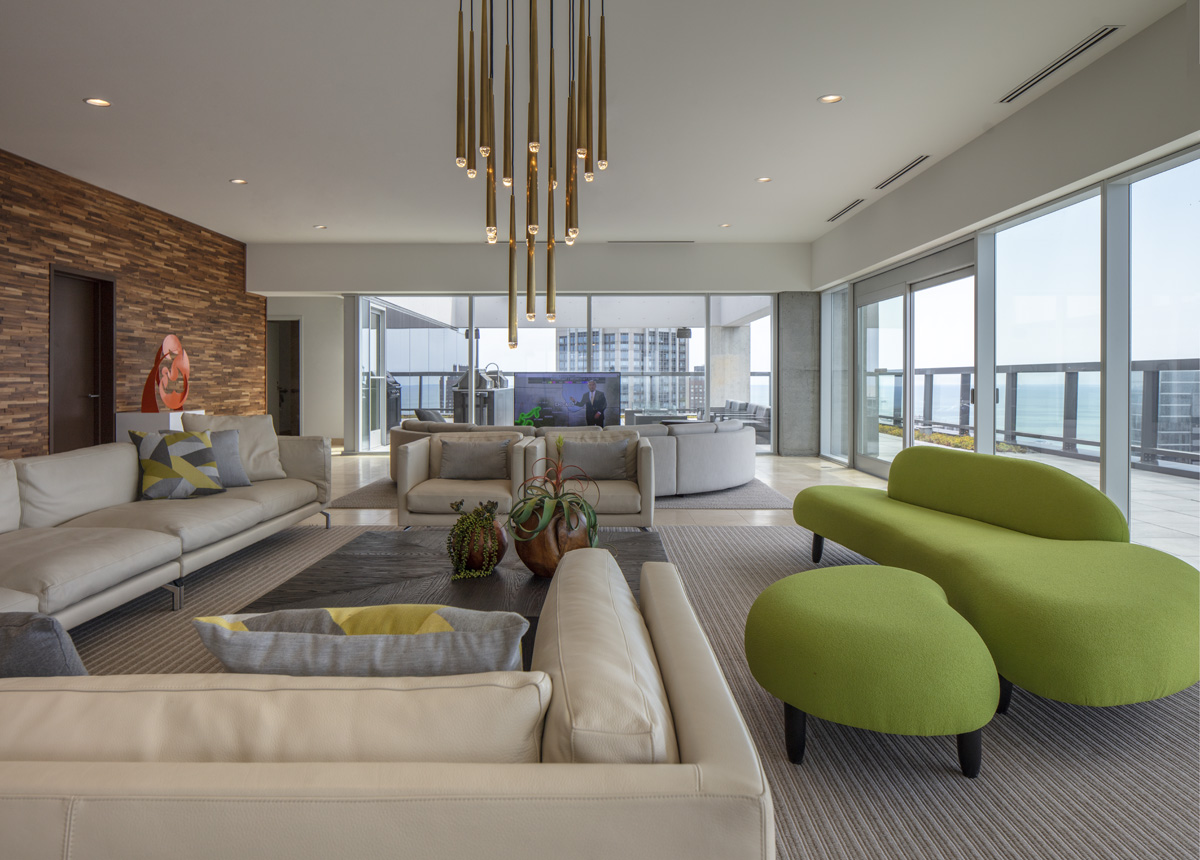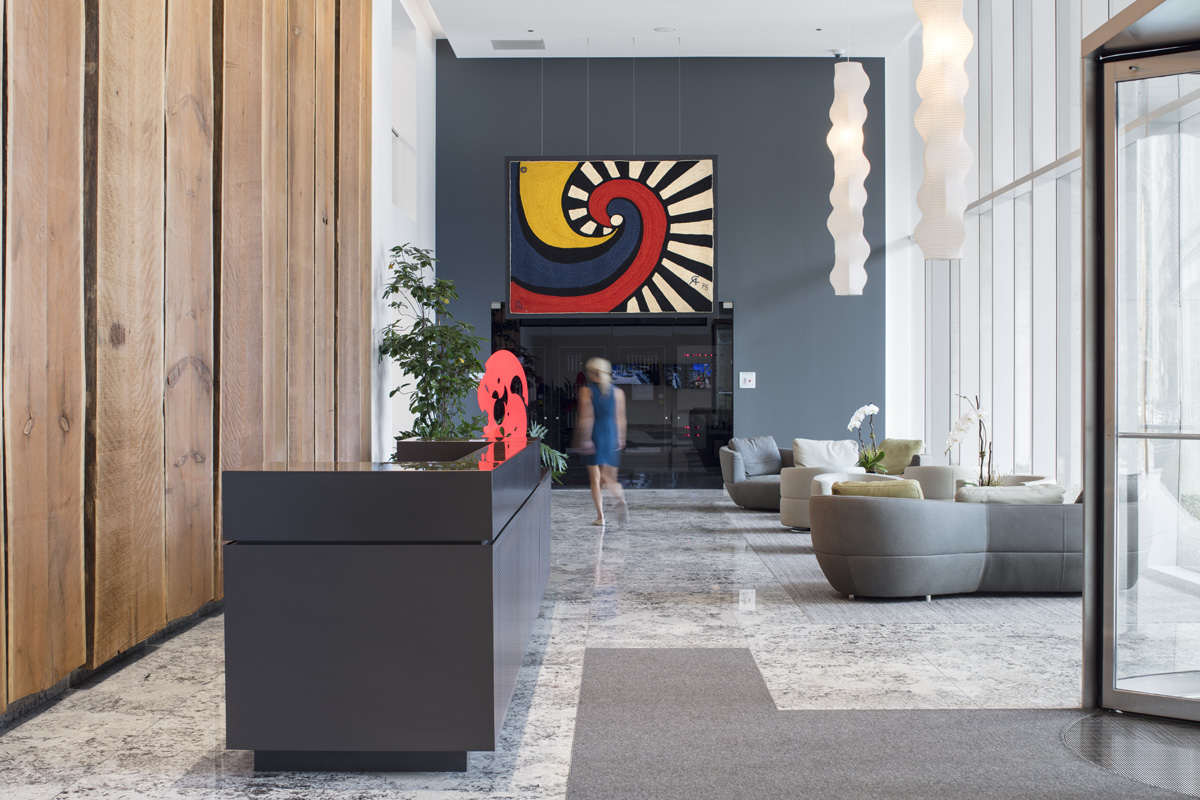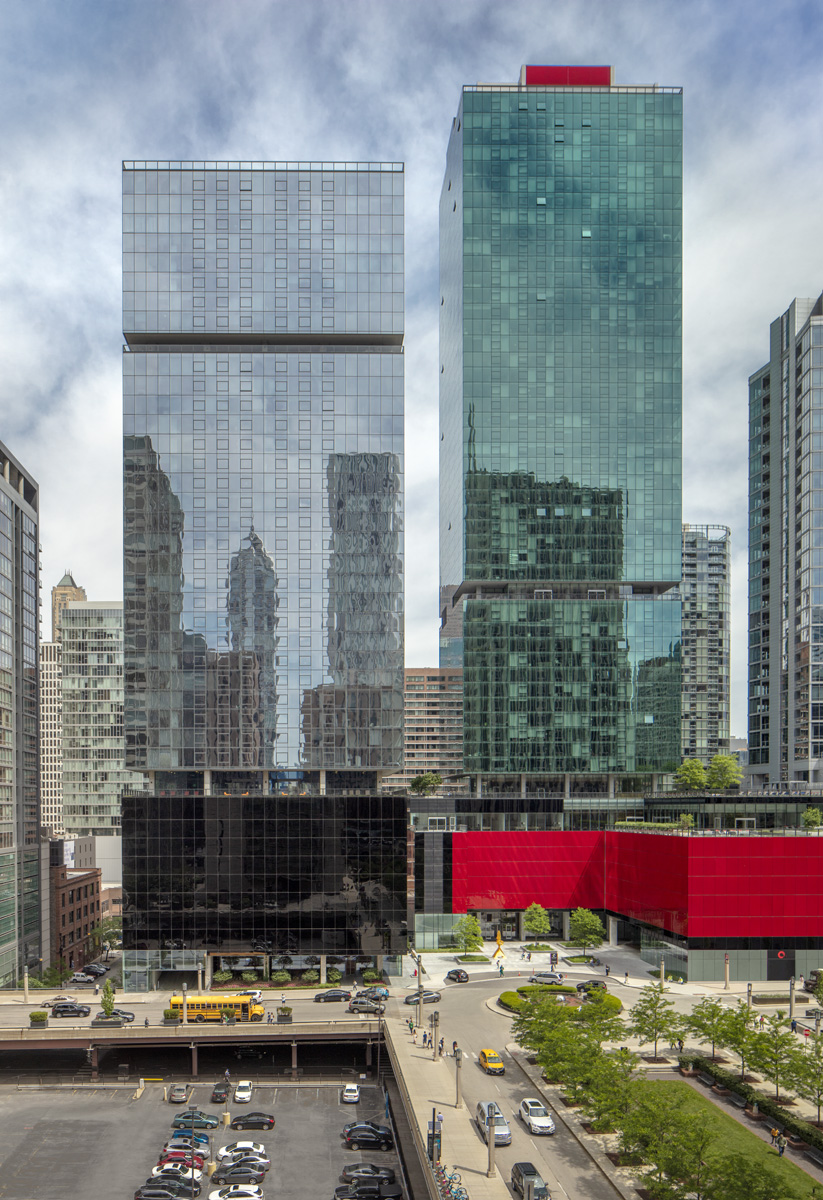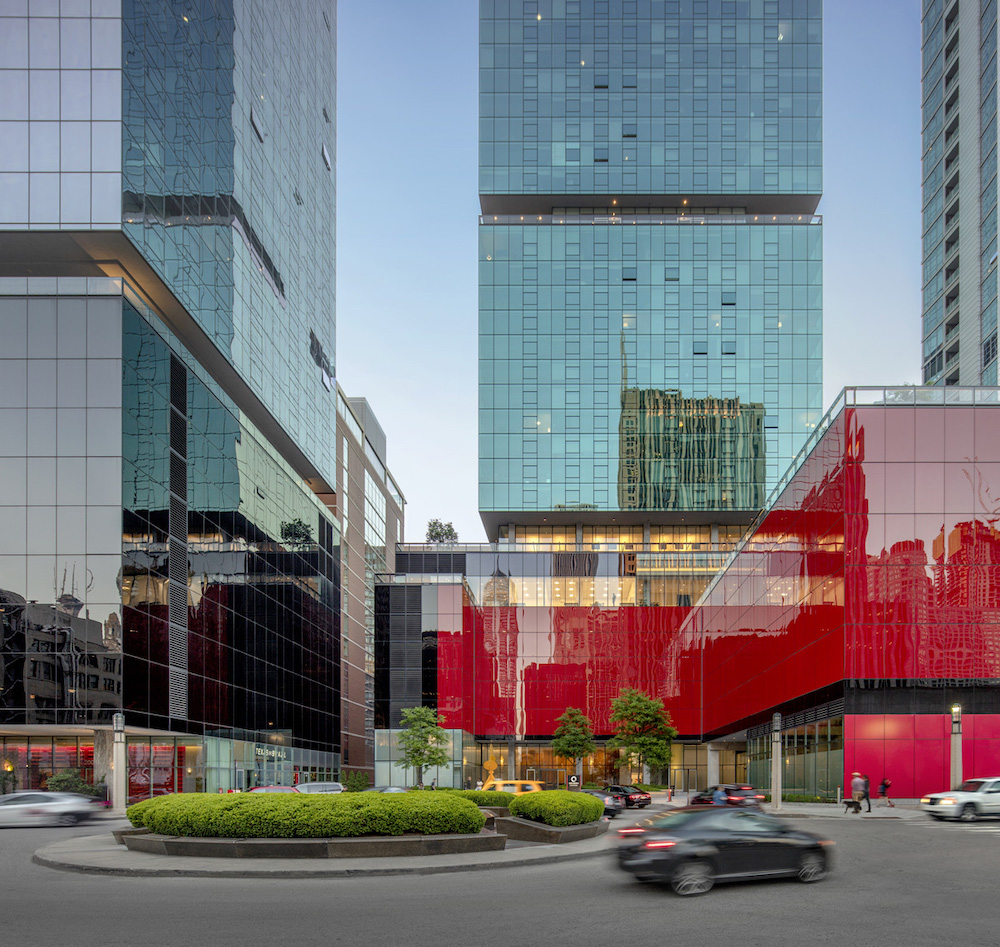As part of our commitment to building strong communities, we often turn our efforts outward and partner with local businesses and nonprofits that share our beliefs and passions. Recently, our teams in Arizona and Illinois both rallied and collaboratively supported a cause together, volunteering with Feed My Starving Children.
Feed My Starving Children (FMSC) is a nonprofit dedicated to eradicating child hunger in both body and spirit. Their organization believes that hope starts with food, and coordinates with food distribution partners that stay with communities for the long haul, empowering them to move from relief to development. By providing proper nourishment and nutrition to children in need, FMSC is unlocking their full potential, helping children grow and thrive.
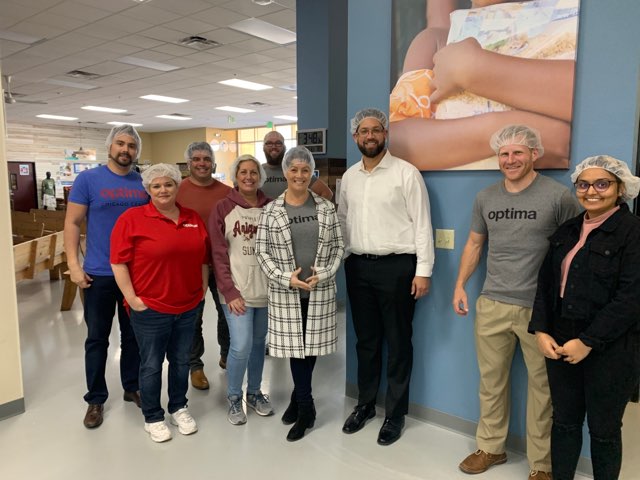
On Thursday, February 13, thirteen Optima team members from offices in Arizona and Illinois volunteered at their respective locations. Over the course of the day, we assembled food donations and packed 164 boxes bound for communities in need, providing 35,424 meals. These meals will be enough to feed 96 children for an entire year. In addition to dedicating our time, our team made a donation that will feed three families for one year.
Our team members cherished the experience. Heather Williams, Community Manager at Optima Kierland Center in Arizona said, “Volunteering with Feed My Starving Children was an eye-opening experience. It’s heartbreaking to think about the number of children and adults that face starvation as a reality. The work this organization is doing to help feed families across the globe is inspiring and I am really grateful to have had the opportunity to contribute in a small way.”
Tarryn deKock from the People Experience team in Glencoe agreed, “It was such a rewarding, fun, feel good day spent with my team members, giving back to those less fortunate. I felt so grateful for what we have and how lucky we are!”
To learn more about Feed My Starving Children and how you can help end childhood hunger, visit their website here.
